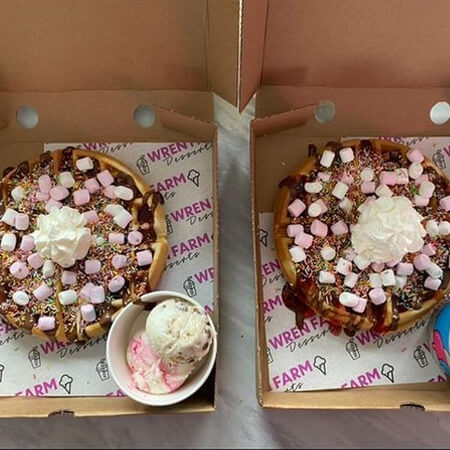The Art of Folded Flyer Design Creativity Meets Functionality
In the competitive world of marketing, conveying your message effectively is paramount. Folded flyers offer a unique combination of creativity and functionality that can capture attention and communicate information efficiently. Designed with both aesthetics and practicality in mind, they serve as an ideal medium for promoting events, products, services, and more. This article delves into the intricacies of folded flyer design, emphasizing its advantages, design elements, and tips for creating standout pieces.
Why Choose Folded Flyers?
Folded flyers stand out among conventional flat flyers due to their dynamic nature. They allow for greater flexibility in layout, enabling designers to group information in a structured and appealing way. Each panel of the flyer can focus on different aspects of the message, guiding the reader through a visually engaging journey. This makes them particularly effective for complex content, as you can break down information into digestible sections.
Moreover, folded flyers are compact and easy to distribute, enhancing their practicality. They can be handed out at events, left in strategic locations, or mailed directly to potential customers. The fold creates a sense of anticipation; as recipients unfold the flyer, they engage with the content on a deeper level. This tactile experience not only attracts attention but also enhances retention of the information presented.
Key Design Elements in Folded Flyers
1. Format & Size The first step in designing a folded flyer is deciding on the format. Common sizes include tri-fold, bi-fold, and z-fold. Each format has its unique layout and offers different ways to organize information. The size will also impact the printing costs and how easily the flyer can be distributed.
2. Visual Hierarchy Establishing a visual hierarchy ensures that important information is prioritized. Use headings, subheadings, and bullet points to guide the reader through the content. Eye-catching visuals, such as images or illustrations, should complement the text instead of overwhelming it.
3. Color Scheme and Typography Choosing a color palette that aligns with your brand can evoke certain emotions and set the overall tone of the flyer. Typography also plays a crucial role; it should be legible and appropriate for the message. A combination of bold fonts for headings and simple fonts for body text can create a balanced look.
folded flyer design

4. Imagery and Graphics Effective imagery can significantly enhance a folded flyer’s appeal. Use high-quality images that align with your messaging and resonate with your target audience. Infographics or icons can also be useful for conveying complex information in a visually appealing manner.
5. Call to Action (CTA) Every flyer should include a strong call to action that encourages readers to take the next step. Whether it’s visiting a website, signing up for a newsletter, or attending an event, make sure the CTA is clear, concise, and compelling.
Tips for Creating Effective Folded Flyers
- Know Your Audience Understand who you are designing the flyer for. Tailor your message, tone, and visuals to resonate with your target demographic. - Keep It Simple While it may be tempting to fill every panel with information, a cluttered design can confuse readers. Focus on essential content and ensure there’s plenty of white space to create a clean and inviting layout.
- Print Quality Invest in high-quality printing materials. A professionally printed flyer can make a lasting impression, while poorly printed materials may undermine your credibility.
- Test Different Designs If possible, try A/B testing different versions of your flyer. This can help you determine what design elements and messaging resonate best with your audience.
- Include Contact Information Always provide contact details or relevant links on the flyer. This makes it easy for interested customers to reach out or follow up.
Conclusion
In conclusion, folded flyer design is a powerful tool in the realm of marketing, combining creativity with functionality. By understanding the key elements involved in creating an effective flyer and leveraging best practices, you can create an eye-catching piece that effectively communicates your message and resonates with your audience. Whether for an event, a product launch, or a promotional campaign, a well-designed folded flyer can serve as an impactful marketing asset that drives engagement and action.



